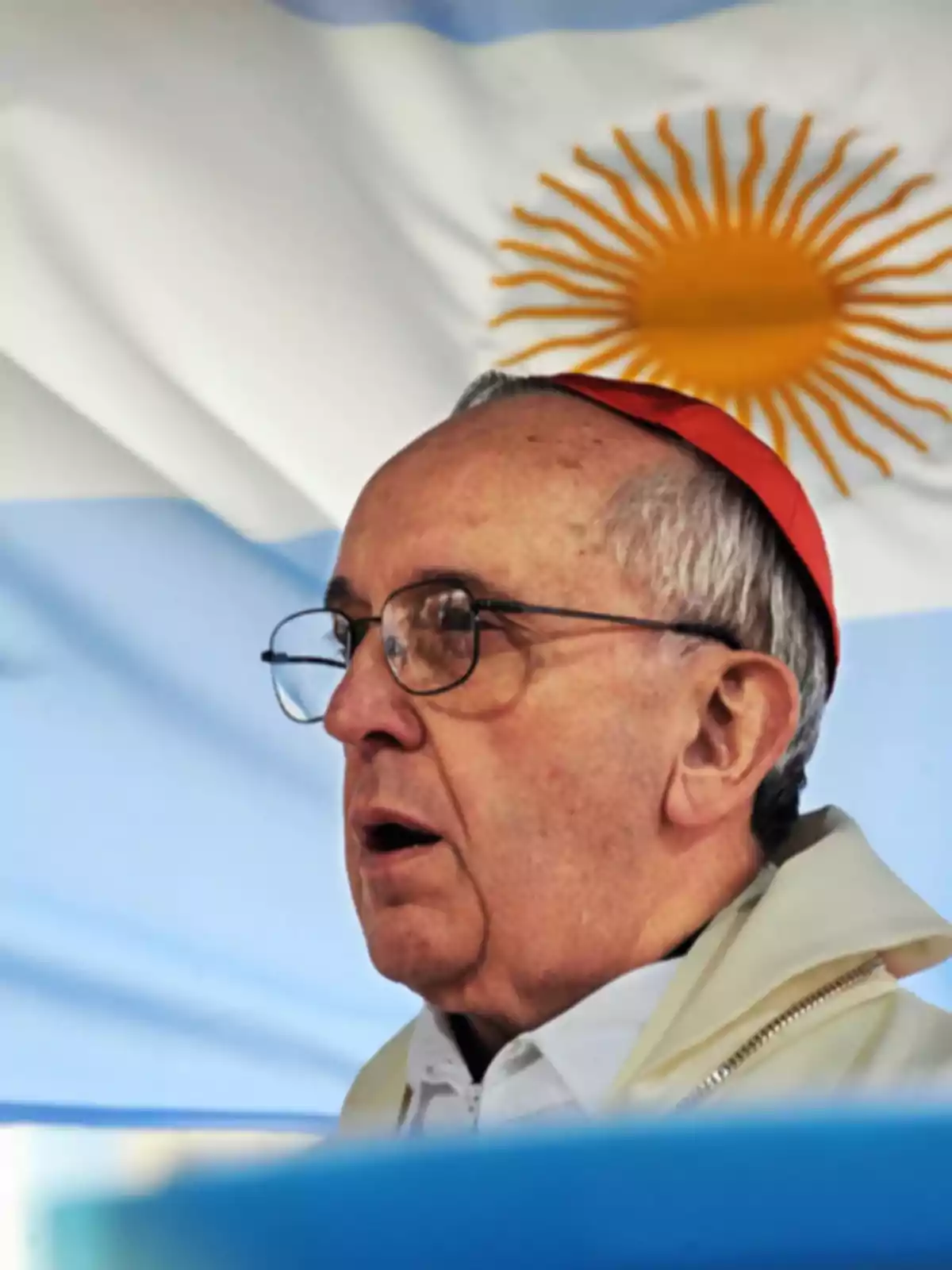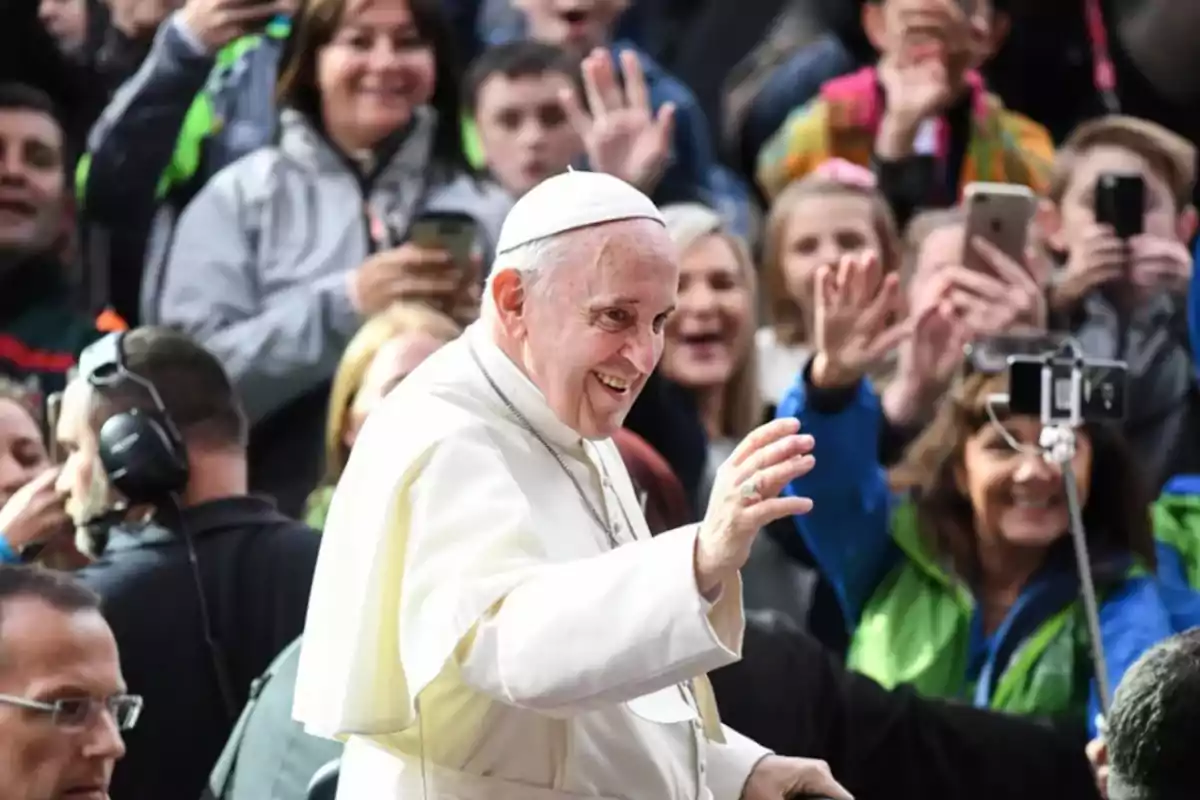
The day Jorge Bergoglio moved the conclave and became Pope Francis
A decisive intervention, five votes, and an unexpected twist in the Sistine Chapel
On March 9, 2013, during the general congregations prior to the conclave, Cardinal Jorge Bergoglio, then Archbishop of Buenos Aires, delivered words that marked a turning point: "I dream of a church that goes out of itself." That intervention had an immediate impact.
The phrase not only summarized a renewed pastoral vision, but it became the axis of what would later be his pontificate. Cardinal Jaime Ortega y Alamino, from Havana, asked for permission to photocopy Bergoglio's manuscript and distributed it among the other cardinals the next day. His message captured the attention of an ecclesiastical electorate still seeking direction after Benedict XVI's resignation on February 28.
In those days leading up to the seclusion in the Sistine Chapel, cardinals under 80 years old gathered to discuss the future of the Church.Although there were no official campaigns, those interventions functioned as true political platforms, where the aspirants outlined their ideas.

Five votes and an unexpected decision
Initially, Jorge Bergoglio was not the favorite. Italian Angelo Scola led the first vote with 35 votes, compared to the Argentine's 20 and Canadian Marc Ouellet's 15. However, the course began to change in the following rounds.
As the voting progressed, many cardinals saw in Bergoglio a man capable of reforming the Church from within, without the political burden that weighed on other candidates. Scola's figure began to lose strength, especially among those who did not want a pontiff heavily involved in Vatican internal politics.
On the second day of the conclave, March 13, after three votes still without definition, a key moment occurred during lunch at the Santa Marta residence. Informal conversations shifted support toward Bergoglio, especially from the Italian sector after the failure of candidate Odilo Scherer, backed by Cardinal Tarcisio Bertone.
In his favor, the Argentine had influential figures like Cláudio Hummes, who encouraged him from the beginning and whispered in his ear after his election: "Remember the poor." Also the American Timothy Dolan, who instead of insisting on his own candidacy, decided to join the growing support around Bergoglio.

The white smoke and the beginning of a new chapter
The fourth vote left him on the brink of victory, although without reaching the required two-thirds. There was one extra ballot, which nullified the vote. In the fifth, finally, his election was sealed: nearly 100 cardinals voted for him (95 out of 115), ensuring the definitive victory.
Thus, the "habemus papam" was announced to the world. Jorge Mario Bergoglio became the first Latin American pope and chose the nameFrancis, in homage to the saint of Assisi and with a clear mission: to return to the Church a humble, open, and close perspective.
His pontificate not only began with an inspiring phrase but also with a will for transformation that was already sensed from those meetings prior to the conclave.
More posts: